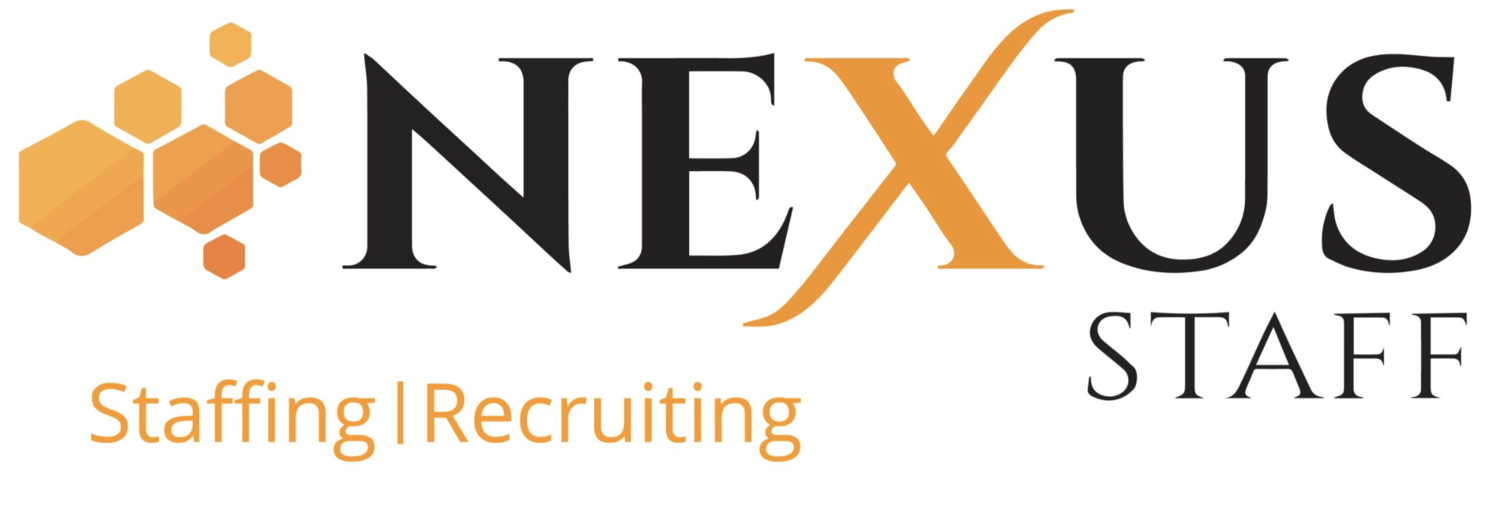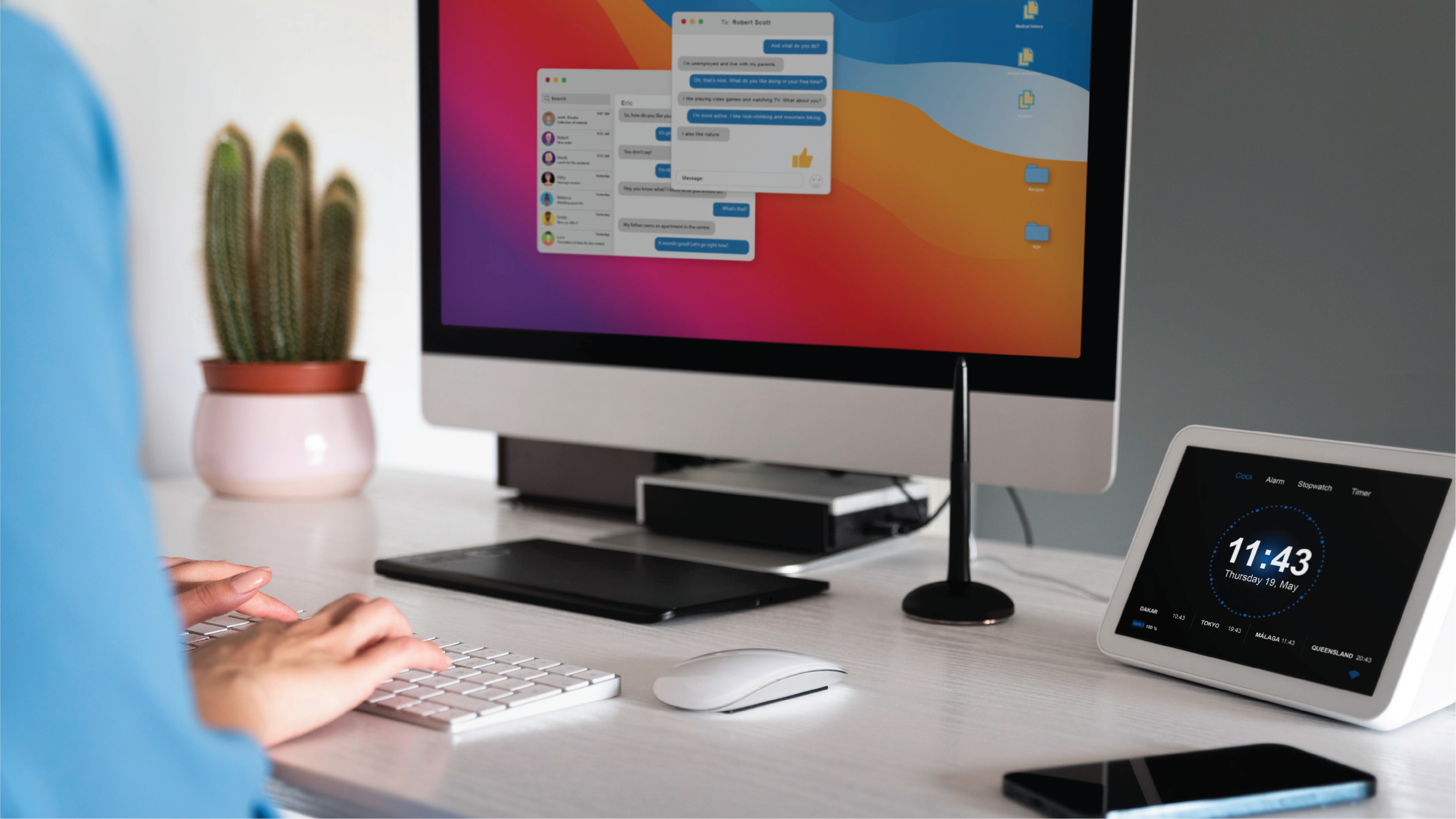Six Tips And Tricks For Hybrid Employees
For employees and organizations that have yet to make a decision about returning to the office full-time or continuing with remote work, a hybrid structure is the perfect mix of the two. With a hybrid work model, organizations have the opportunity to expand their candidate pool while also giving employees the opportunity to work from their offices or the comfort of their own homes.
While this comes with plenty of perks for organizations and employees alike, it can also be difficult for anyone operating on a hybrid work schedule to maintain two workspaces and stay organized across locations. While employees are given the opportunity for a more flexible schedule and a better work-life balance, they will also need to possess a wide set of abilities including strong communication and time management skills along with a mutual trust between remote and in-office employees and management.
However, for employees that are fortunate to have a hybrid option and are confident this is the right choice for them, here are six tips to keep in mind while balancing a hybrid schedule:
Be certain of your employer’s hybrid policy
First and foremost, before you can begin planning a hybrid schedule of your own, you need to familiarize yourself with your organization’s current hybrid work policy. Is there a certain number of days or hours that must be spent in the office? Or are there specific days that all team members need to be present? Without the answers to these questions and learning more about your expectations as a hybrid employee, it can be difficult to effectively plan your schedule. Once these questions are answered and you sort out the logistics of working on a hybrid schedule, you can then begin to plan accordingly.
Decide which projects are easier to complete at home or in the office
If your job requires a mix of different tasks or a combination of independent and collaborative work, take a step back and decide which types of projects or tasks will be easier to work on in different settings. For example, working on an independent project that requires your entire focus might be easier to complete from home while working on a highly collaborative task that requires constant communication or feedback might be easier to do in person. While making this decision, be sure to also factor in when team members may need you in the office as opposed to at home -- whether it’s to have your input on a particular decision, hear important announcements or presentations, or even just to strengthen workplace relationships.
Know your weekly habits
In order to plan your ideal hybrid schedule, you will need to think realistically about your own motivation throughout the week. For example, will working Mondays in the office make you dread the work week, or will it be helpful to be surrounded by coworkers after a weekend at home? On the other hand, would a Friday at home mean your productivity declines or are you more motivated to finish your work for the week? Recognizing a pattern throughout a typical work week can give you a better insight as to which days you should plan to work from home or go into the office. Trying to make sudden changes into your routine without taking your own habits into consideration can seriously damage your chances of being productive or engaging with your work.
Utilize the proper technology
Going back and forth between two locations can be difficult if you do not properly organize each space. Therefore, while working a hybrid position, remember to use technology to your advantage. Keep important files on shared drives using software like Google Drive or Dropbox that allow you and your team to easily access documents or files across different devices and locations. Likewise, use digital to-do lists and calendars in order to stay organized rather than carrying a notebook or agenda with you between locations. For projects that require collaboration, keep all employees in the loop, regardless of their location. This means using e-mail, phone calls, and video or messaging platforms in order to stay in contact throughout the work day.
Plan a routine ahead of time
Knowing ahead of time when you will be in the office or at home will allow you to easily decide whether you will need to bring certain materials into the office or bring them home. Setting a schedule in advance and following a routine also allows you to inform your team members when they can expect to see you in the office or keep you in the loop as a remote employee. Once your schedule is set, try to keep a repetitive routine in order to easily make the transition each day into an office or home setting. For example, keep your in-office days to the same days each week, or at least aim for the same amount of days in the office each week. In the event that your plans need to be altered and you need to go into the office on a day you planned to work remotely or vice versa, be sure that the schedule or routine that you create can still be easily adjusted to fit your needs at any given time.
Be honest with yourself
Take note of how you work in a remote and office setting -- your productivity levels, motivation to get work done, amount of distractions, and your overall feelings toward work. You might feel the most comfortable working from home, but in reality, if you are not getting much work done, or you’re craving more interaction with coworkers, it could be time to reevaluate your hybrid setup -- whether this means adjusting the amount of time you spend in the office, or making the switch to a full in-office schedule. At the end of the day, the most important part of creating a hybrid schedule is creating a setup that works for you, not against you.
Ready to get started on a hybrid position or still debating if this is the right fit for you? Our team of experienced recruiters is here to help you find the perfect role -- whether it's a hybrid, remote, or in-person role. Take the first step and contact Nexus today for a personalized recruitment experience or check out our list of available jobs.









